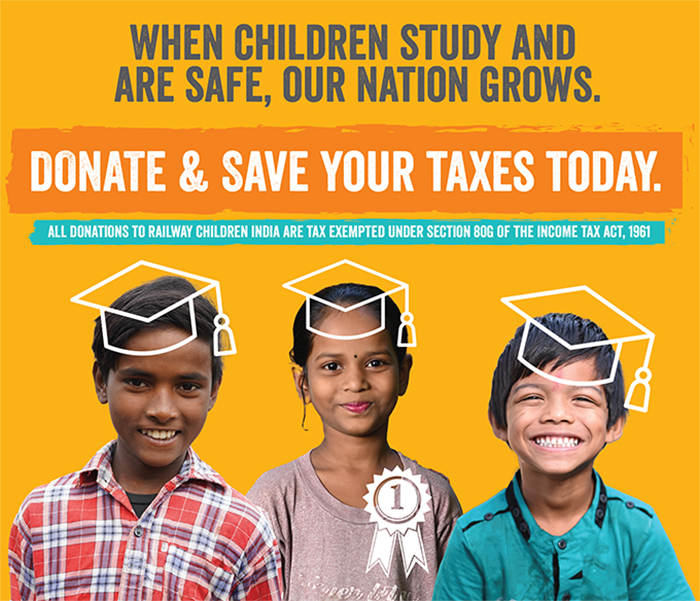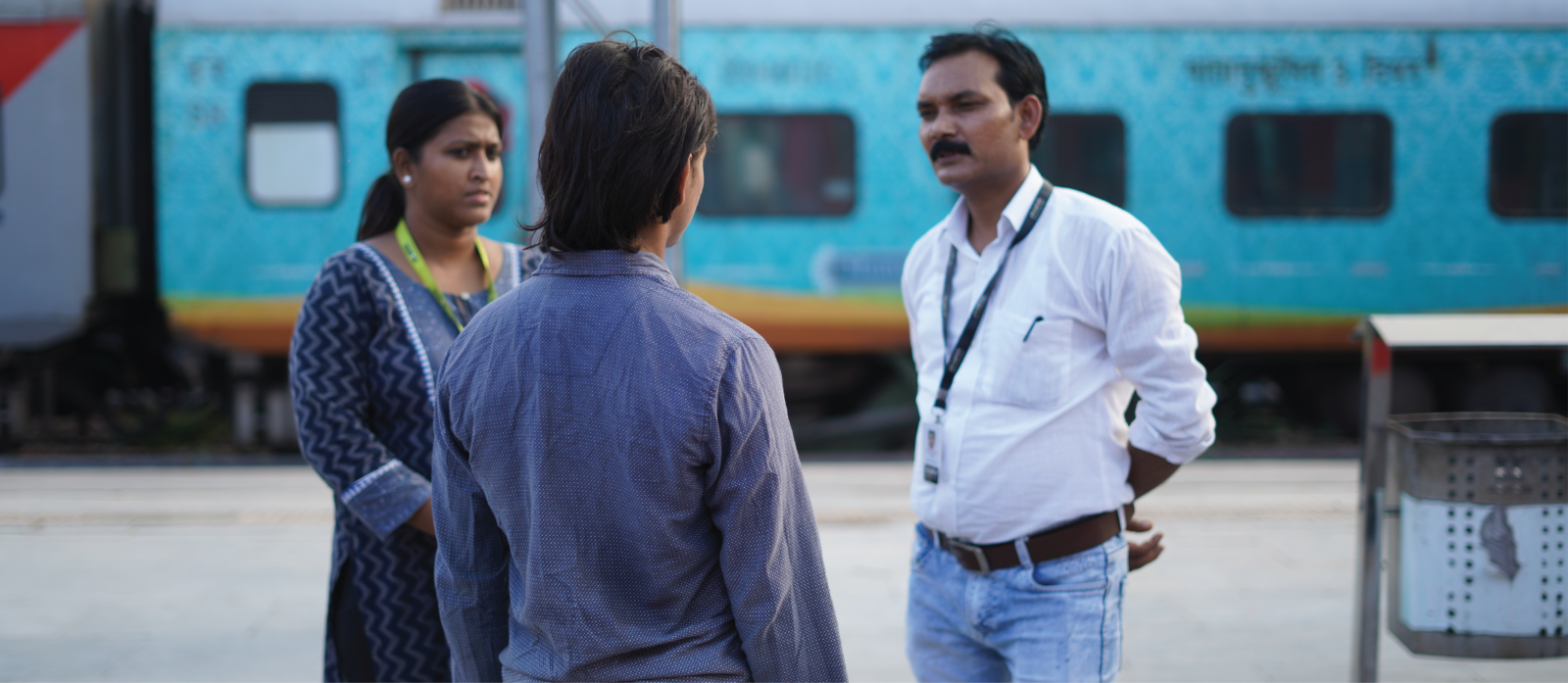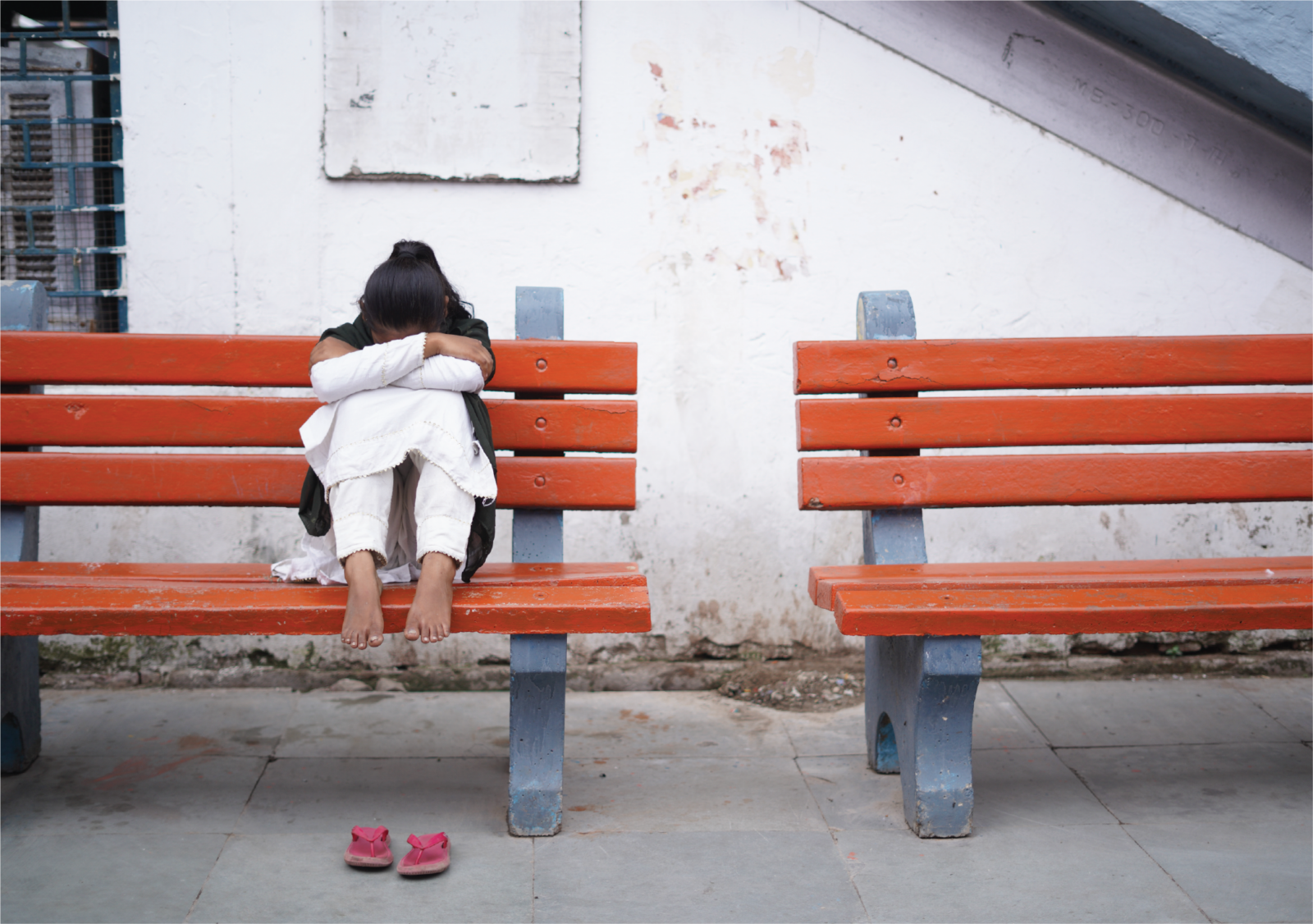For millions of children annually, life takes a fatal turn, and they are forced to live off the streets. Here, stripped of their fundamental rights, they face countless challenges day in and day out. Facing abuse and neglect every step of the way, they feel pushed to the periphery of society, with every dream distant and unachievable.
But here’s where NGOs step in.
Playing a holistic role, NGOs serve street children in India in myriad ways. Railway Children India, a leader in the sphere of rescue and rehabilitation of street children, takes judicious steps right from rescue and rehabilitation to prevention and follow-up to ensure no child has to live on the street.
With an overview of Railway Children India’s (RCI’s) work in communities and transport terminals, let’s learn the significant role of NGOs in protecting the well-being of street children in India.
Preventive Measures at the Community Level
Knowing the causes [D1] helps NGOs prevent children from slipping into the harsh street life. To tackle this, NGOs venture within communities to spot gaps in their environment that push them into the throes of child labour, child trafficking, substance abuse, and the like.
Railway Children India is present in seven communities, where we engage with every member of the community at varied levels.
- Rebuilding Families, Restoring Childhoods
To begin with, our focus lies in family strengthening, as broken families result in hurt children who venture out of their homes all alone, looking for solace but finding struggle. With our family strengthening activities, we aim to resolve internal conflict and foster a nurturing environment in every child’s home, where communication is key.
- Bridging Barriers to Education and Social Support
Additionally, we help students and parents overcome everyday challenges of formal education by providing assistance in Aadhaar Card applications, securing leaving certificates from schools, and opening bank accounts, which in turn make them eligible to avail themselves of the benefits of social service schemes.
- Empowering Adolescents Through Peer Support
Our adolescent girls’ and boys’ groups meet routinely to discuss fundamental issues of their age group in a secure peer-led environment, where topics are discussed openly.
- Skill Development for a Confident Future
Furthermore, we enrol children in skill-based classes such as Karate and Computers to equip them with the right skills to help them make informed decisions in life. [D2]
With these measures in communities, NGOs such as Railway Children India help foster a supportive environment in every child’s community, subsequently preventing children from living on the streets.
Rescue Efforts at Vulnerable Places and Rehabilitation
NGOs identify certain places in society as vulnerable areas. Targeting these hotspots, NGOs seek to nip the issue in the bud. For Railway Children India, these hotspots are transport terminals, i.e., railway stations and bus terminals.
- Once rescued at the transport terminals, our team first addresses the basic needs of the child i.e., food, clothing, and shelter at the Child Help Desk. Here, their emotional distress is acknowledged and addressed. Following this, at the direction of the Child Welfare Committee, we rehabilitate children in Child Care Institutes (CCI) for short-term/long-term stays. They remain in the protective care of these institutes until the team is successful in tracing their homes and parents and reuniting them with their family.
- At the CCI, their emotional well-being is closely tracked by engaging them in meaningful activities.
- Our strong collaboration with multiple stakeholders of the Indian Railways, such as officials of the Government Railway Police, Railway Protection Force, and District Child Protection Units, along with Ticket Collectors, Railway Engineers, and Sanitation Workers, helps us extend our scope of work.
Reunification and Follow-Up
Once rescued, NGOs play a vital role in reuniting children with their parents. Local authorities join hands with NGOs to trace down the families of lost children. At the direction of the Child Welfare Committee, the child is handed over to the parent/guardian after due counselling of both to avoid future occurrences.
At Railway Children India (RCI), we go a step ahead and conduct routine telephonic follow-ups and home visits to ensure that the child is feeling safe and faring well mentally.
While RCI has rescued and rehabilitated countless children, Arjun’s story of rescue from being a child labourer to finding a home is a heart-touching one.
Over the last year alone, we have protected 3308 children across 4 transport terminals and 7 communities. Supporting NGOs such as Railway Children India will help further the united cause and protect many more children from becoming street children.
How Can You Support NGOs Working for Street Children?
- Donate to NGOs like Railway Children India to support rescue, care, and rehabilitation.
Your financial contribution helps fund critical services such as emergency rescue, shelter, medical care, and long-term rehabilitation for children living on the streets. Every donation, big or small, plays a role in giving these children a safer, more stable future. Donate today to bring a positive change in the lives of street children.
- Volunteer your time or skills at shelters or awareness drives.
Whether it’s teaching, counselling, organizing events, or just spending time with the children, your involvement can leave a lasting impact. Volunteering also helps NGOs build stronger community connections and extend their reach.
- Raise awareness on social media, schools, colleges, or community groups.
Sharing real stories, statistics, and the work being done by NGOs can inspire others to take action. Public awareness is the first step toward changing mindsets and encouraging collective responsibility.
- Advocate for better implementation of child protection policies and stronger systems of accountability.
Use your voice to push for stronger enforcement of existing laws and improved services for at-risk children. Advocacy ensures that systemic issues are addressed, not just the symptoms, creating lasting change for generations to come.






